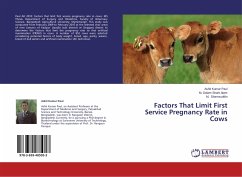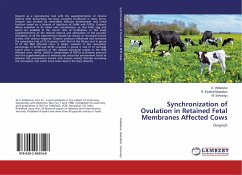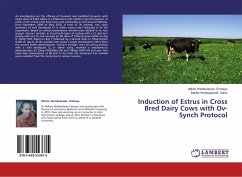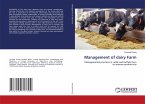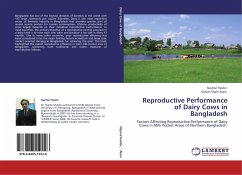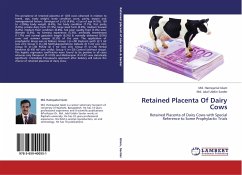An ideal oestrous synchrony regimen results in synchronous oestrous onset irrespective of reproductive status or stage of oestrous cycle at initiation of treatment without adversely affecting pregnancy rates after breeding. However following a synchronisation regimen, variation in onset of oestrus may occur. This variation is dependent on timing of (CL) regression, stage of follicular growth and when present the duration of dominance of the ovulatory follicle. Many different treatment regimens may be used to attempt to synchronise oestrus. These include the use of a luteolytic agent prostaglandin-F 2 (PGF2 ) alone or in combination with an agent to regulate ovarian follicular development. Alternative regimens involve the use of P4 or progestagen-based treatments used in combination with a luteolytic agent and or an agent to regulate follicle waves. Combining progestin treatments with protocols similar to Ovsynch show improved conception rates in first-lactation cows treated with (CIDR) inserts during an Ovsynch protocol.


